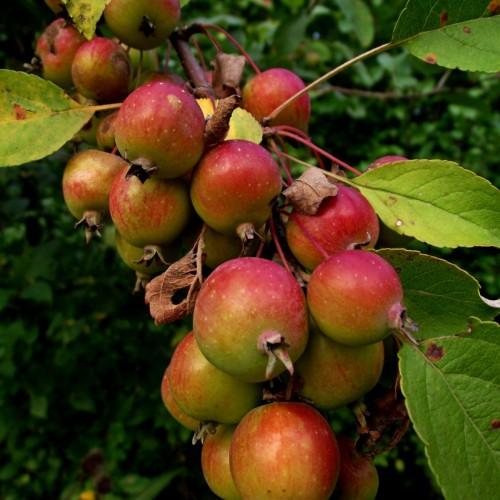
European crabapple
Malus sylvestris
Cycle:
Perennial
Watering:
Frequent
Hardiness Zone:
4
Flowers:
Flowers In Spring
Sun:
Full sun
Soil:
Well-drained
Fruits:
Fruits In Autumn Ready In Fall
Leaf:
Yes
Growth Rate:
Moderate
Drought Tolerant:
Yes
Care Level:
Medium
watering
Water Royal Raindrops crabapple (Malus 'JFS-KW5') once a week during the growing season. During the hotter and drier months, water the crabapple deeply to ensure the roots receive enough moisture. Do water deeply enough so that the soil is consistently moist but not soggy. During the cooler months, reduce watering to once every 2 or 3 weeks. In the winter, decrease the amount and frequency of watering even further, allowing the surface of the soil to almost dry out before you water it again.
sunlight
Royal Raindrops crabapple (Malus 'JFS-KW5') is a deciduous plant that needs full sun to thrive. It should receive at least 6-8 hours of direct sunlight every day during the growing season, from the first thaw to the first frost in your region. In the winter months, provide this plant with adequate indirect light but watch out for over-exposure to the sun, as it can cause sunburn or leaf damage.
pruning
Royal Raindrops crabapple should be pruned each year during late winter or early spring once the tree is established. Pruning should be done to remove dead, diseased or otherwise damaged wood and to remove crossing or rubbing branches that could cause damage over time. Also, prune branches that are growing more vertically than horizontally as these do not bear fruit and can overshadow other branches. Make sure to prune back to an outward facing bud or branch junction. Pruning will also help to maintain the shape of the tree and to open up the canopy to allow for better air circulation and light penetration. Heavy pruning should be avoided as this can shock the tree and leave it open to diseases.
